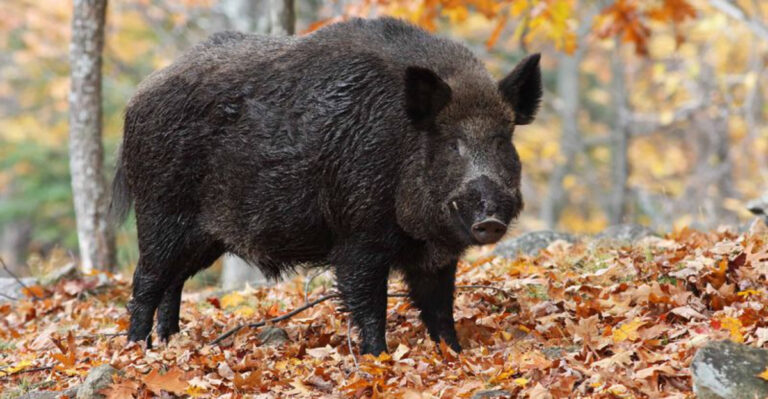Endangered Marbled Cat Caught Nesting In National Park For The First Time In Years

Wildlife enthusiasts are celebrating a rare victory in Dehing Patkai National Park, Assam, where trail cameras recently captured footage of an endangered marbled cat with cubs.
This elusive wildcat, known for its cloud-like markings and tree-dwelling habits, hasn’t been documented nesting in this region for years.
The discovery highlights both the importance of protected habitats and the value of non-invasive monitoring technology in wildlife conservation.
1. A Rare Glimpse Of Nature’s Phantom
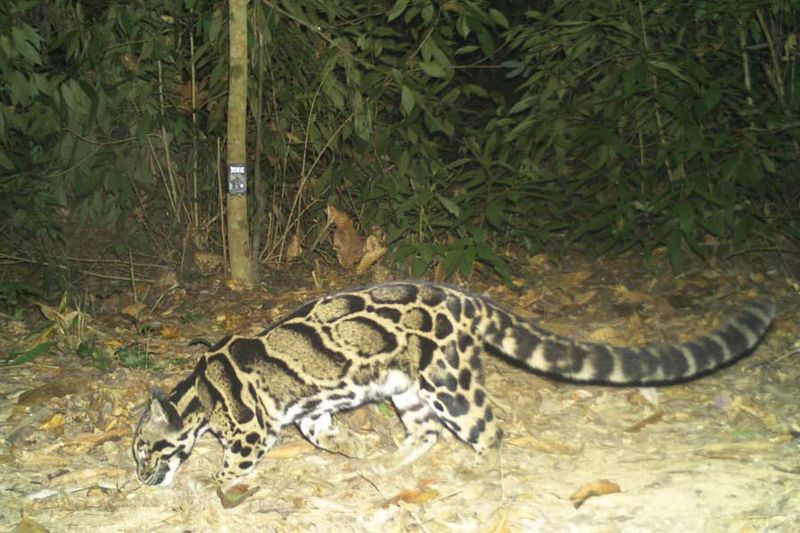
The marbled cat moves like a ghost through the forest canopy. Weighing just 4-11 pounds, these felines are among the most secretive creatures in Asian jungles. Their mottled coat – a masterpiece of evolution – helps them vanish against dappled sunlight filtering through leaves.
Scientists estimate fewer than 10,000 adult marbled cats remain in the wild. Their natural shyness makes this Dehing Patkai sighting particularly valuable. Most researchers spend entire careers without witnessing one in person.
Every photograph provides crucial data about behavior patterns and habitat preferences that would otherwise remain mysteries.
2. Technology As Conservation’s Silent Partner
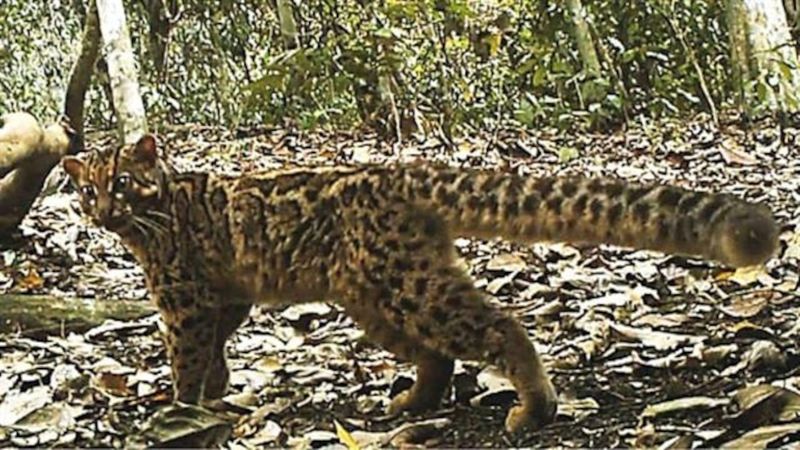
Trail cameras have revolutionized wildlife monitoring without disturbing natural behaviors. These weatherproof devices snap photos when motion triggers their sensors, allowing scientists to observe animals that actively avoid human presence.
At Dehing Patkai, researchers strategically positioned cameras along suspected wildlife corridors. For months, they collected thousands of images, mostly capturing common species like deer and wild boar.
The marbled cat images appeared unexpectedly during routine data collection. Without this technology, confirming the cat’s presence would require invasive tracking methods that might drive these sensitive creatures further into hiding.
3. Motherhood In The Wilderness
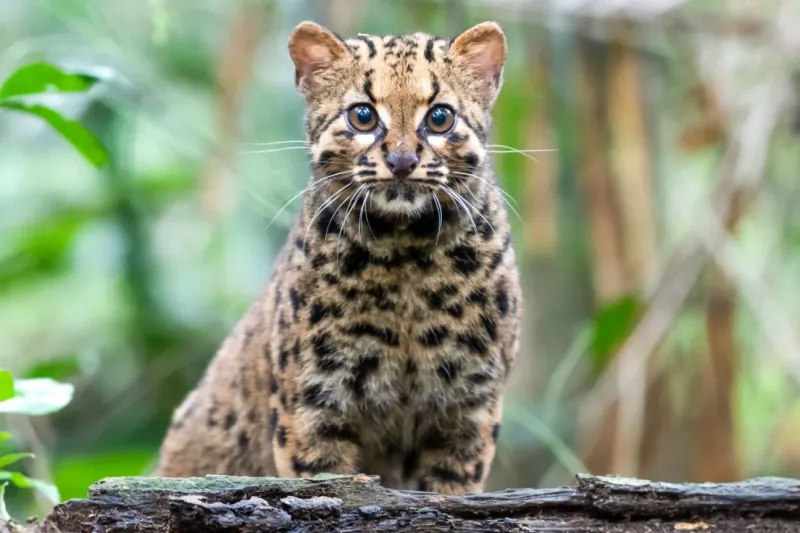
Female marbled cats typically raise 1-4 kittens without male assistance. The Dehing Patkai footage showed a mother with two cubs, suggesting healthy breeding conditions in the park. Cubs remain dependent on their mother for nearly a year, learning complex hunting skills.
Observing family units provides critical information about population health. Successful reproduction indicates sufficient prey, limited predation threats, and minimal human disturbance.
Researchers were particularly excited by the cubs’ apparent good health. Their playful behavior – captured in several frames – demonstrated normal development, a positive sign for this fragile population.
4. Habitat Preservation: The Ultimate Lifeline

Dehing Patkai’s elevation to National Park status in 2021 came just in time. Previously classified as a wildlife sanctuary, the area faced mounting pressure from coal mining and timber operations at its edges.
Marbled cats require large, connected forest habitats with mature trees. They hunt birds, squirrels, and small mammals in the canopy, rarely descending to the forest floor.
The strengthened legal protections now shield 234 square kilometers of crucial habitat. Park officials have implemented stricter anti-poaching measures and limited development projects, creating a safer haven for not just marbled cats but hundreds of other threatened species that share this biodiversity hotspot.
5. Threats Lurking Beyond Park Borders
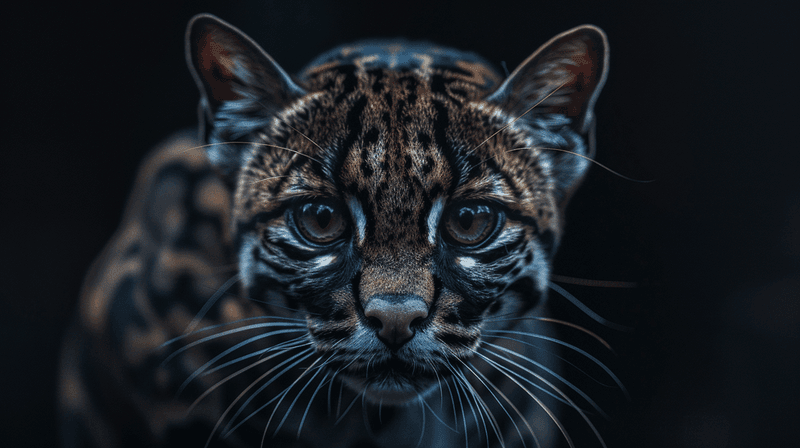
Despite the park’s protected status, marbled cats face numerous dangers. Habitat fragmentation remains their greatest threat, as roads and development projects slice their territory into isolated patches.
Local villagers occasionally hunt these cats for their beautiful pelts or as retaliation for chicken predation. International wildlife trafficking networks target them for the illegal pet trade, where their exotic appearance commands high prices.
Climate change introduces new challenges, altering rainfall patterns and vegetation cycles that these specialized hunters depend on. Conservation efforts must address these complex, interconnected threats to ensure long-term survival.
6. Cultural Significance Among Indigenous Communities

Many tribal groups in Northeast India hold the marbled cat in high regard. The Tai Phake people living near Dehing Patkai consider sightings of these cats auspicious, believing they bring good fortune to their villages.
Folk stories depict the marbled cat as a clever trickster who outsmarts larger predators. Some communities traditionally avoided hunting them, creating informal protection that predates modern conservation efforts.
Conservationists now collaborate with indigenous knowledge-keepers to integrate traditional wisdom with scientific approaches. This partnership strengthens protection by fostering local pride and encouraging community-based monitoring networks.
7. Scientific Revelations From The Footage

Beyond confirming presence, the trail camera footage revealed fascinating behavioral insights. The marbled cat appeared most active during dawn and dusk hours, contradicting previous theories about strictly nocturnal habits.
Researchers noted distinctive hunting techniques as the mother demonstrated stalking behaviors to her cubs. She moved with incredible balance along narrow branches, using her long tail as a counterweight – similar to clouded leopards but distinct from other small wildcats.
The footage also captured unusual vocalizations, adding to the limited audio recordings of this species. These scientific observations help fill critical knowledge gaps about a creature that remains largely mysterious to researchers.
8. Conservation Heroes Working Behind The Scenes

Park ranger Pritam Baruah discovered the marbled cat images during his routine camera trap monitoring. Having patrolled these forests for 15 years, he instantly recognized the significance of the finding.
“I couldn’t believe my eyes,” Baruah recalls. “My hands were shaking as I called the research team.” His dedication represents the often-unsung conservation heroes protecting India’s wildlife.
Local volunteers now assist with expanded camera trap networks. Former poachers have become guides and guardians, their intimate knowledge of the forest proving invaluable. This community involvement creates sustainable protection that continues regardless of government funding fluctuations.
9. Genetic Mysteries And Population Connectivity

The Dehing Patkai sighting raises fascinating questions about genetic diversity. Researchers hope to collect DNA from scat samples near camera sites to determine whether these cats represent an isolated population or maintain connections with groups in neighboring Myanmar and Bhutan.
Genetic diversity directly impacts survival prospects. Isolated populations face inbreeding risks, while connected groups maintain healthier gene pools.
Creating wildlife corridors between protected areas has become a conservation priority. These natural highways allow animals to disperse safely, maintaining genetic exchange between otherwise separated populations – a crucial factor for the marbled cat’s long-term resilience against disease and environmental changes.
10. Climate Crisis: An Emerging Threat
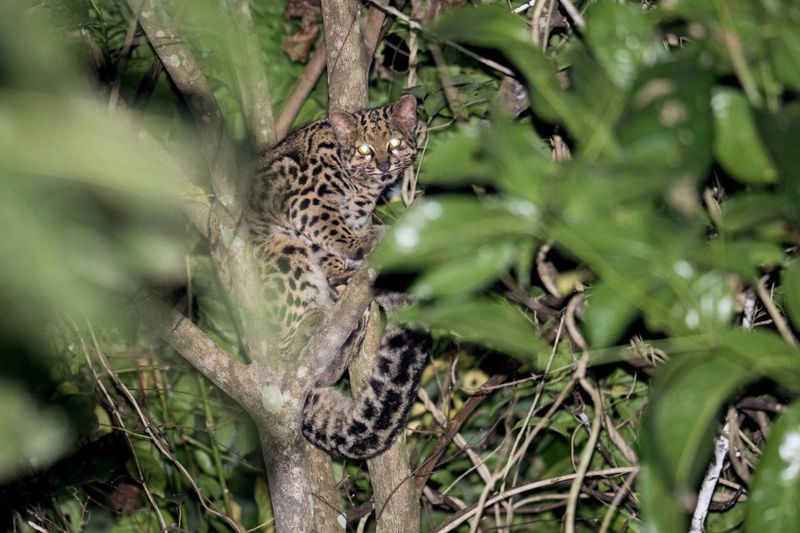
Marbled cats evolved for specific forest conditions that climate change now threatens. Rising temperatures alter flowering and fruiting cycles, affecting the entire food web these predators depend on.
Extreme weather events – increasingly common in Northeast India – can devastate forest habitats. The 2022 Assam floods damaged portions of Dehing Patkai’s buffer zone, highlighting vulnerability to climate disruptions.
Researchers monitor how these cats adapt to changing conditions. Their specialized nature makes them particularly susceptible to environmental shifts – canopy-dwelling hunters have fewer alternatives when their preferred habitat disappears. Their response to these challenges provides early warning signs for ecosystem health.
11. Public Awareness: The Missing Conservation Ingredient

Unlike tigers or elephants, marbled cats rarely feature in conservation campaigns. Their obscurity contributes to their vulnerability – people seldom protect animals they don’t know exist.
The Dehing Patkai discovery creates a rare opportunity for public education. Local schools now incorporate the marbled cat story into environmental curriculum, using this charismatic species to teach broader ecological concepts.
Social media has amplified the finding’s impact. Carefully selected images shared by conservation organizations have reached millions, transforming this secretive feline into a regional conservation symbol. Growing public awareness translates directly into political support for habitat protection measures.
12. Future Monitoring Plans Take Shape
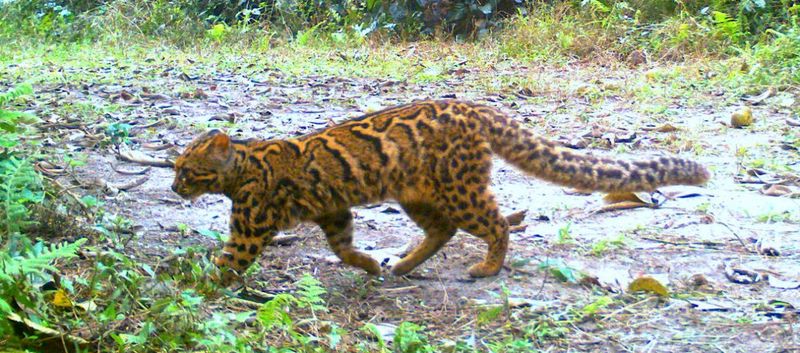
The unexpected nesting discovery has catalyzed an ambitious monitoring expansion. Researchers are deploying 50 additional cameras throughout Dehing Patkai, creating the most comprehensive marbled cat monitoring program in India.
New technologies enhance traditional methods. Environmental DNA sampling – collecting genetic material from soil and water – may detect cats without visual confirmation. Acoustic monitors record forest sounds, potentially capturing the rarely-heard vocalizations of these secretive felines.
Satellite tracking collars, designed specifically for arboreal species, represent the next frontier. If researchers can safely collar an individual, they’ll gain unprecedented insights into movement patterns, territory size, and habitat requirements.
13. Global Conservation Partnerships Strengthen Protection
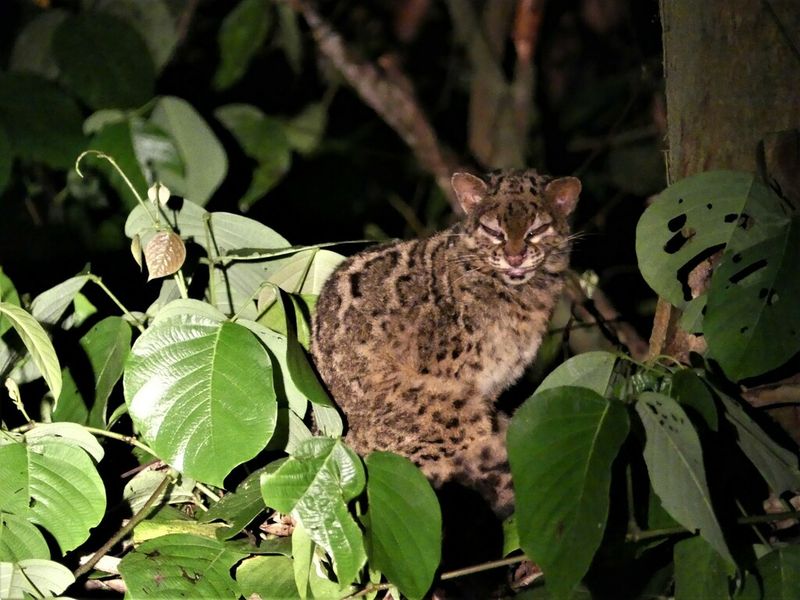
The marbled cat sighting has attracted international attention. Conservation organizations from Singapore and Thailand – countries with their own marbled cat populations – have offered technical support and funding for Dehing Patkai’s monitoring programs.
These partnerships facilitate knowledge exchange between researchers across the cat’s range. Successful anti-poaching strategies from Myanmar now inform Assam’s protection efforts. Thai researchers have shared specialized camera positioning techniques for capturing arboreal species.
Global collaboration elevates local conservation impact. Small populations across different countries form a connected conservation network, with each protected area contributing to the species’ overall survival prospects.




